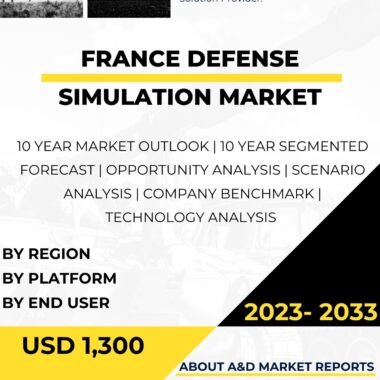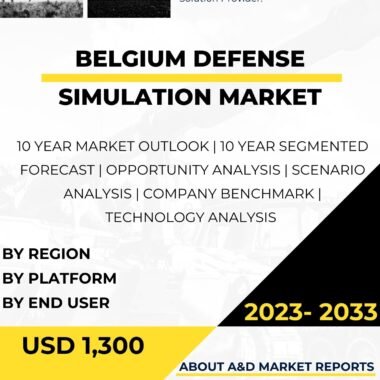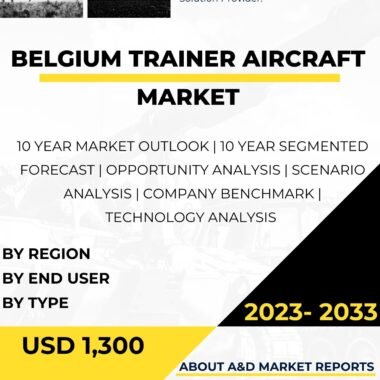Description
Trainer aircraft play a vital role in the Canadian Armed Forces (CAF) by providing essential flight training to military pilots. These aircraft serve as a stepping stone for aspiring pilots to develop the necessary skills and expertise before moving on to more advanced and specialized operational aircraft. In Canada, trainer aircraft have a long history of contributing to the country’s military aviation training and readiness. This article explores the importance of trainer aircraft in Canada, their history, types, modern technology, and their role in producing skilled and proficient military aviators.
The use of trainer aircraft in Canada dates back to the early days of military aviation. During World War I, the Royal Flying Corps Canada, the predecessor of the Royal Canadian Air Force (RCAF), employed trainer aircraft to train pilots for combat operations in Europe. These early trainers were typically biplanes with relatively simple flight controls and instrumentation.
Throughout the years, as aviation technology advanced, so did Canada’s trainer aircraft fleet. During World War II, the BCATP (British Commonwealth Air Training Plan) was established, representing one of the largest and most ambitious flight training programs in history. The BCATP aimed to train thousands of aircrew, including pilots, navigators, and air gunners, to support the Allied war effort. Canada hosted numerous flight training schools across the country, using a variety of trainer aircraft to train aircrew from Canada, the United Kingdom, Australia, and New Zealand.
In the post-war era, Canada continued to invest in flight training and the acquisition of modern trainer aircraft. These aircraft played a significant role in producing skilled pilots who later became essential assets in Canada’s aviation operations, including peacekeeping missions, search and rescue operations, and support for NATO and allied forces.
One of the most iconic trainer aircraft in Canadian aviation history is the Canadair CT-114 Tutor. The Tutor was used by the Canadian Forces Snowbirds, a renowned aerobatic demonstration team, to showcase the skill and precision of Canadian military aviators. The Tutor’s distinctive red and white paint scheme became synonymous with the Snowbirds and represented Canada’s commitment to excellence in flight training.
The CT-156 Harvard II, a variant of the Pilatus PC-9, has been another significant trainer aircraft in Canada. It has been used extensively for primary flight training, introducing new pilots to more complex aircraft systems and preparing them for advanced training.
Currently, the CAF operates the CT-155 Hawk and the CT-156 Harvard II as its primary trainer aircraft. The CT-155 Hawk, a British-designed aircraft, serves as the lead-in fighter trainer, offering students the opportunity to experience high-performance jet aircraft before transitioning to operational fighter aircraft.
The CT-156 Harvard II, on the other hand, is a turboprop aircraft used for primary flight training. It is a highly capable trainer with modern avionics and systems, providing student pilots with a comprehensive and effective training experience.
The integration of modern technology into trainer aircraft has significantly enhanced their training capabilities. Advanced avionics, glass cockpit displays, and simulator systems provide a realistic and immersive training environment for student pilots. These technologies allow instructors to monitor and assess students’ performance, providing valuable feedback and ensuring that trainees are well-prepared for operational assignments.
Simulator-based training has become a critical component of flight training in Canada. Full-motion flight simulators and synthetic training devices offer a cost-effective and safe way to replicate various flight scenarios and emergency situations. These simulators allow pilots to practice complex maneuvers and emergency procedures without the risks associated with actual flight.
Additionally, computer-based training systems and virtual reality tools are increasingly used to complement traditional flight training. These interactive tools enhance the learning experience, allowing student pilots to study complex systems and procedures in a more engaging and accessible manner.
The CAF places a strong emphasis on flight safety and proficiency. Flight instructors undergo specialized training to ensure they can effectively impart their knowledge and expertise to student pilots. Regular evaluations and assessments are conducted to monitor the progress of trainees and ensure they meet the required standards before progressing to the next phase of training.
Trainer aircraft also contribute to Canada’s commitment to international cooperation and interoperability. The CAF actively participates in joint training exercises with allied nations, allowing trainee pilots to interact with and learn from pilots of other countries. These multinational training opportunities foster cooperation and understanding among different air forces, enhancing the overall readiness and capabilities of the CAF in multinational operations.
Beyond military training, Canada’s trainer aircraft have also been used in various public events and airshows, showcasing the country’s aviation heritage and capabilities. The participation of the Snowbirds aerobatic team and the Canadian Forces in airshows serves as a powerful demonstration of the CAF’s professionalism and dedication to aviation excellence.
In conclusion, trainer aircraft play a critical role in the Canadian Armed Forces’ flight training program, producing skilled and proficient military aviators. These aircraft have a storied history in Canada’s military aviation, dating back to World War I and the establishment of the BCATP during World War II. Modern trainer aircraft in Canada incorporate advanced technology and simulator-based training to provide a comprehensive and immersive training experience for student pilots. The integration of modern technology enhances the safety, effectiveness, and realism of flight training, ensuring that the CAF’s aviators are well-prepared for operational assignments and international engagements. As Canada continues to prioritize aviation training and readiness, trainer aircraft will remain a cornerstone of the country’s military aviation capabilities, producing the next generation of skilled pilots to protect Canada’s airspace and contribute to global security efforts.




